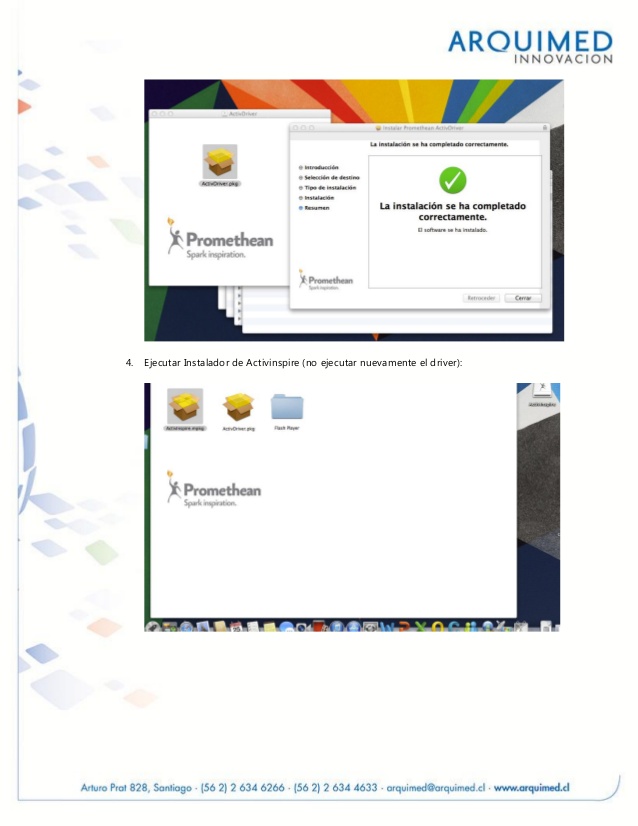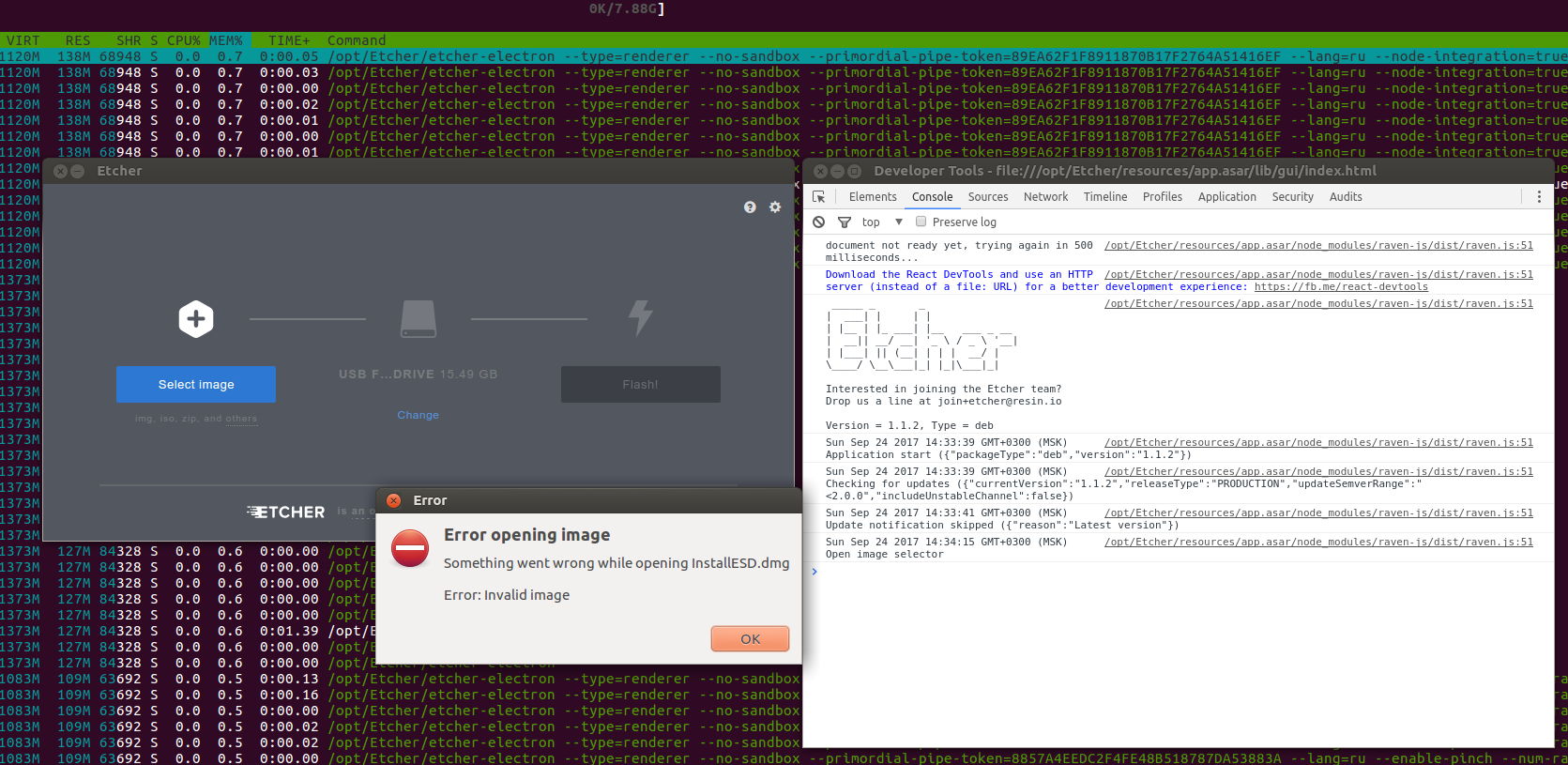

- #How much disk space required for mac os x el capitan for free
- #How much disk space required for mac os x el capitan Pc
- #How much disk space required for mac os x el capitan windows
It’s also frustrating that you’re restricted to two applications Microsoft might have borrowed many window management tricks from OS X, but Windows 10’s ability to split windows into quarters is now a step beyond what Apple’s operating system is capable of. Split View works best with the default Mac applications and refuses to work with others, including Microsoft Office 2011, although it does work with Office 2016. ^ Running two full-screen applications is nice, but OS X still works best with windows If you only want to see windows for the application you’re using there’s still the option: CTRL+Down arrow on keyboards and a three-fingered swipe down on touchpads. Thumbnails for any virtual desktops stay hidden until you move the mouse cursor to the top edge of the screen, making more room for application previews. Now, every window is displayed individually, expanding out to fill the screen from roughly where they were on the desktop and in proportion to their size. In previous versions of OS X, applications were grouped together in stacks when using Mission Control, making it hard to pick out a particular window if you had several open at once. Multi-tasking is one of El Capitan’s biggest improvement areas, with full-screen window management and the Mission Control desktop overview both receiving upgrades. It’s a subtle difference, one that is designed to improve readability at smaller sizes and higher resolutions, but it at least adds consistency with Apple’s mobile operating system – iOS made the switch with version 9. On the surface, very little seems to have changed, save for Apple making the switch from Helvetica Neue to its new custom San Francisco font.

It’s a 6GB download, but you won’t need to create a boot disk or re-format your existing installation.
#How much disk space required for mac os x el capitan for free
It’s an iterative update, rather than a complete overhaul, but the tweaks and upgrades make the whole experience just that little bit slicker and, considering OS X was already incredibly user-friendly, that’s quite the achievement.Īvailable for free for all iMac and MacBook owners, with support going all the way back to 2007/2008-era devices, El Capitan can be downloaded through the Mac App store. If that is true, version 10.11 El Capitan looks certain to do the same.
#How much disk space required for mac os x el capitan Pc
The options for fsck_hfs have changed, but it seems like this cause of hidden space is different than before.According to Apple, OS X Yosemite had the fastest adoption rate of any PC operating system ever. This mysterious missing space bit me again recently. I’m delighted because I was this close to shlepping my files off to a USB drive and reinstalling the OS. Now the missing space is a reasonable 3.5G, and I am now led to believe that is, at least in part, the catalog file and other filesystem mapping files, which are inaccessible to user-space utilities.

Just for paranoia, I ran it again and everything came back clean (except that odd warning afterward…I’m ignoring it): You can see how many times it tried to fix things.

When I rebooted to try to free up some space, it took forever to come back up, but when it finally did, all the missing disk space was back and I now have 85G instead of 18G left.įor good measure, I single-user booted again and reran fsck_hfs: Now after a single-user boot, I tried rebuilding the catalog file on /dev/rdisk1 (the raw device representing my encrypted hard drive volume) using fsck_hfs -Rc -y /dev/rdisk1 and it bailed out with an out of disk space error. I remembered fsck from my happy FreeBSD days, so I thought I would single-user boot and run an fsck_hfs to see what might come up, but first I needed to figure out which disk was the right one to scan Disk Utility helped with that: select the primary volume (mine is the default “Macintosh HD”) and notice the “Device” in the bottom left corner: disk1 I haven’t ever seen anything like this before. I have an encrypted boot volume and thought that perhaps something had been corrupted, but I wasn’t sure. No scanner could detect where it had gone (DaisyDisk, WhatSize, Finder, “About This Mac → Storage”, Disk Utility (also in Recovery mode), command-line utilities df and du): they all indicated that there was only 18G left and none of them could tell me where the missing 69G was. For several weeks I’ve had a 69 GB chunk of disk missing.


 0 kommentar(er)
0 kommentar(er)
